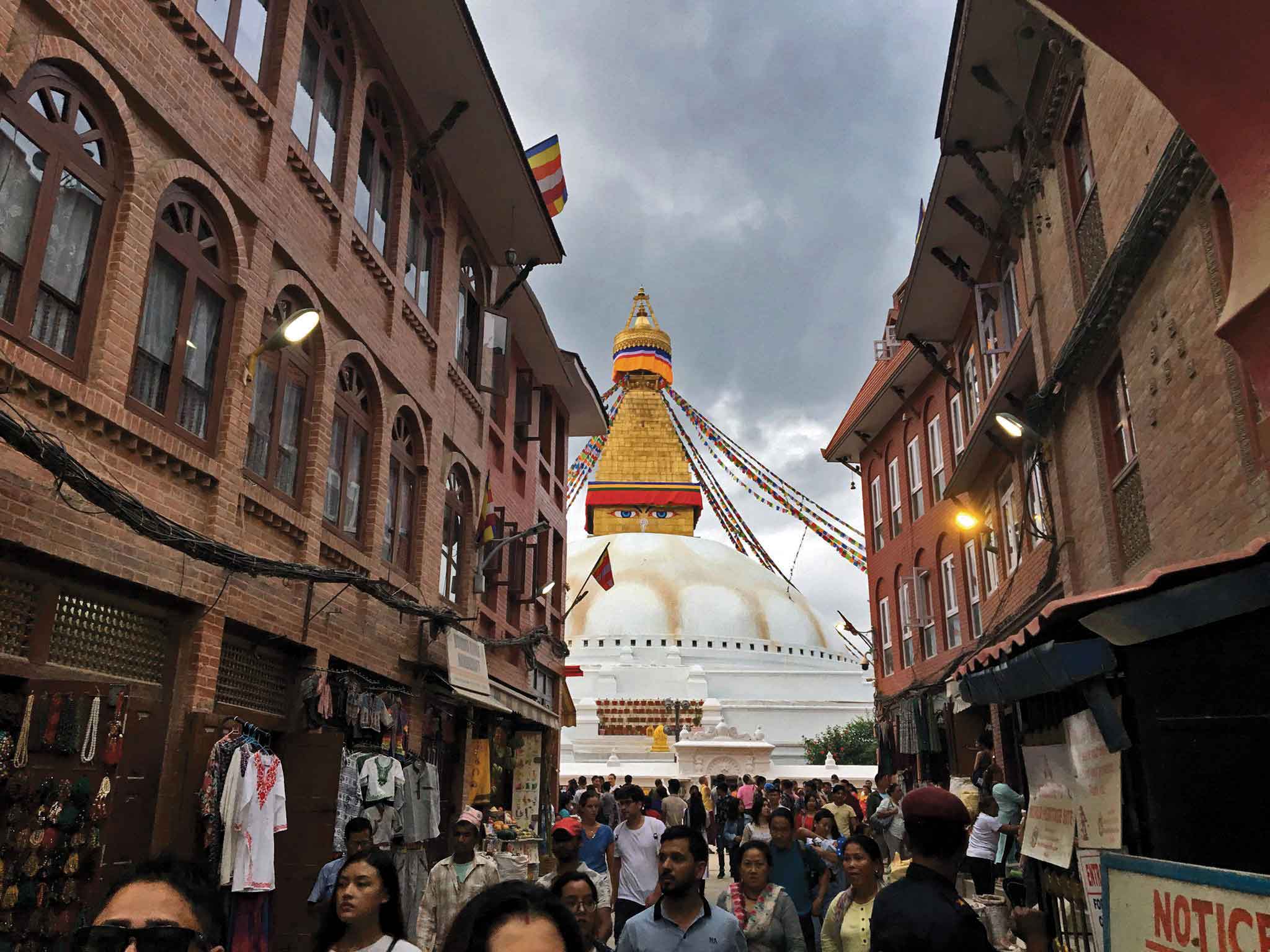People keep a sharp eye on the Chariot of Rato Matsyendranath as it makes its way from Bungamati (where it is constructed) to Jawalakhel. Why such vigilance? Because events of national importance are somehow related to happenings that occur on its month-long journey (sometimes, longer) through various parts of the valley.
In 1680, King Nipendra Malla died the day the Matsyendranath idol lost some paint off its face. In 1817, an earthquake struck when the paint was again affected. King Viswajit Malla once imagined that the deity had turned its back on him - he was murdered that very night. Another king was assisting in pulling the chariot during which time, the axel broke 31 times - he died soon thereafter. To cap it all, in 2000, the spire fell into the crowd and what followed was the Royal Massacre.
It is not that the chariot is not strongly built. The foundations are as solid as people’s faith in Matsyendranath’s power to open up the skies to rain. The sturdiest of woods are selected to make the huge wheels, the base, the four pillars, the big platform, and the tower. Metal is only used on the axels. Durable bamboo ties up various parts of the mammoth structure which will finally stand at 48 feet. The expert Barahi clan constructs the edifice while the equally expert Yawal clan does the rope work.
Sturdily built? You bet. But, still, do keep a sharp eye on the Chariot of Rato Matsyendranath because, forewarned is forearmed.
Click on the image and move your mouse.










